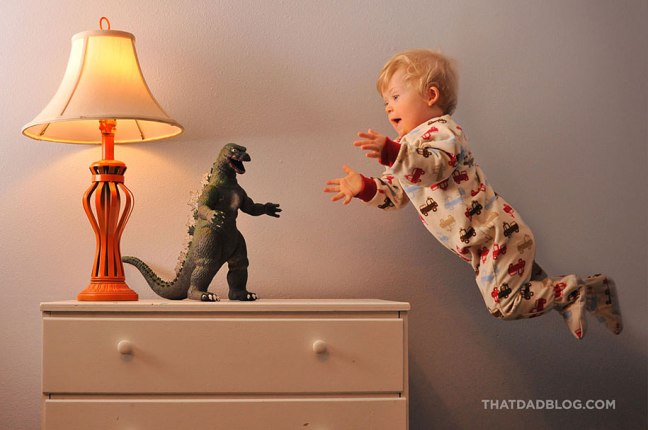- Who is this post for? New parents
- What does it discuss? How to track your baby’s behaviour and find beneficial patterns
- How do you benefit? Peace of mind; decrease in stress; better communication with your partner
Last week I wrote about soothing your baby with technology. This week I’m going to take a look at ways of identifying patterns of behaviour that help you understand whether your baby is finding the holy grail for all parents – a routine!
We’ve all seen stats in the news – how babies who have regular sleep times, feed times etc. are better behaved, more balanced, and so on. But when you’re in the middle of the emotional whirlwhind that comes with having a new baby, dutifully remembering key information is…well…low on your list of priorities.
In the first year of her life (and especially those incredibly tiring first six months) my wife and I were keen to use an easy technical solution to give us a clear picture of how our daughter was progressing. We wanted to monitor sleep times, feed times (even what breast she had been suckling on), how many times a day she was pooping, bath times…I could go on.
Crucially, I also soon figured out the last thing my wife wanted on my return from work was for me to start grilling her on how many sleeps and feeds my daughter had had that day. She was tired and had been with our daughter all day and if she was going to engage in conversation at all, she wanted to talk about something else! So I needed a solution that was cloud-based – where either of us could input simple information and wherever we were, we could both instantly see what was going on. This was great for me as I could see what kind of day my wife had had before I even got home – meaning I knew when to buy some chocolate or flowers before I walked in the door, and then just quietly put the TV on and went to make dinner!
We tried 3 or 4 different apps on our smartphones but settled on Total Baby, (yes, website is ugly but ignore that) available for your iPhone or your Android phone or tablet. It was AWESOME. We simply pressed a button when baby went to sleep or started feeding and pressed it again when baby stopped. All the data was recorded and then presented to you in easy-to-read visual formats that made it very clear if we were starting to see a pattern develop or not. We didn’t have to remember a single thing and we never had to wonder about any aspect of baby’s behaviour at any point. It was all there, available at the touch of a button, wherever we were, without having to ask the other. There are even settings for recording activity of multiple children, just in case you happen to have twins or more!
In summary, very simple to use, easy to see impact, incredibly useful. What more do you want for £3.99?

















